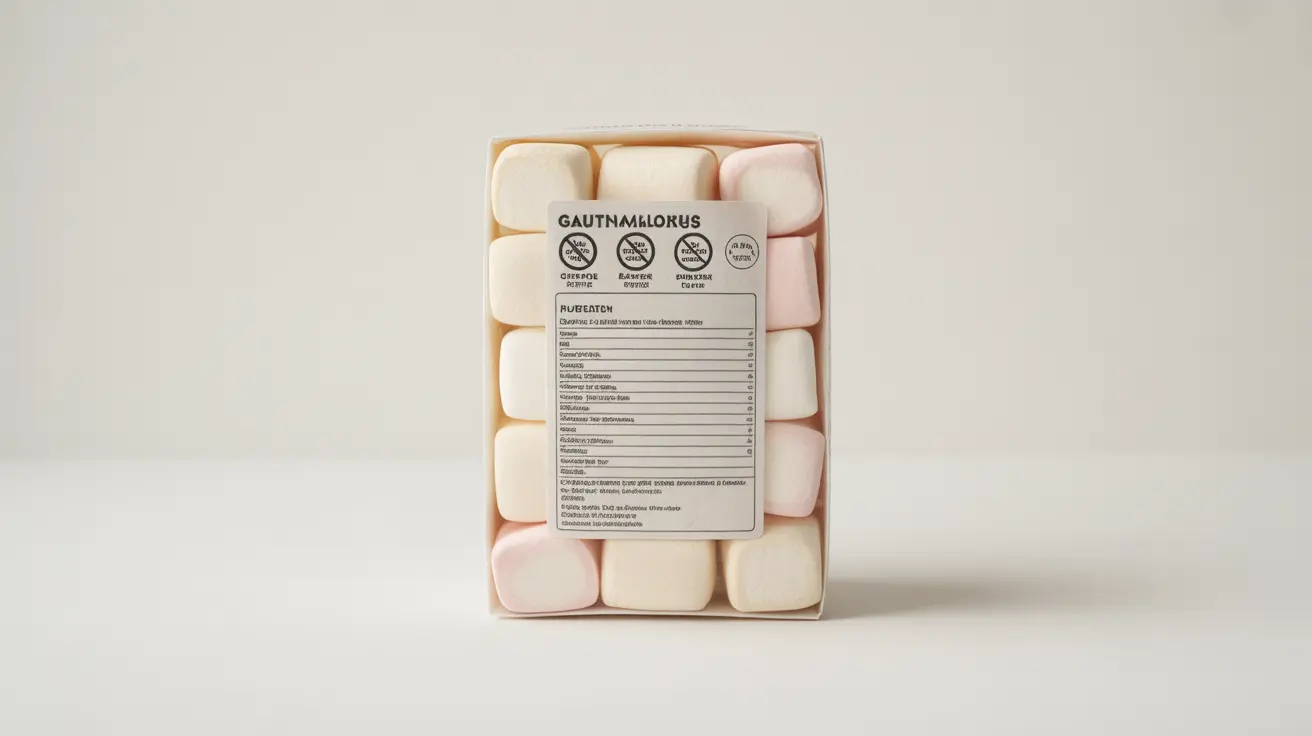For individuals following a gluten-free diet, understanding which foods are safe to eat is crucial. Marshmallows are a popular treat that often raises questions about gluten content. This comprehensive guide will help you navigate the world of marshmallows and their gluten-free status.
Understanding Marshmallow Ingredients
Traditional marshmallows are primarily made from sugar, water, and gelatin, with some manufacturers adding vanilla flavoring and cornstarch. These basic ingredients are naturally gluten-free. However, the manufacturing process and additional ingredients can sometimes introduce gluten into the final product.
Common Gluten Sources in Marshmallows
While most marshmallows are gluten-free, there are several potential sources of gluten contamination to be aware of:
- Modified food starch (when derived from wheat)
- Natural and artificial flavorings
- Anti-caking agents
- Cross-contamination during manufacturing
- Dusting powders used to prevent sticking
Reading Marshmallow Labels
Understanding how to read marshmallow labels is essential for maintaining a gluten-free diet. Look for these key indicators:
Certification Symbols
Many manufacturers now include gluten-free certification symbols on their packaging. These certifications indicate that the product has been tested and meets strict gluten-free standards.
Ingredient List
Always check the complete ingredient list, paying special attention to:
- Modified starches and their sources
- Natural and artificial flavors
- Warning statements about shared equipment
- "Contains" statements listing common allergens
Safe Marshmallow Brands and Options
Several marshmallow brands specifically cater to gluten-free consumers. These manufacturers maintain dedicated gluten-free facilities or implement strict protocols to prevent cross-contamination. When choosing marshmallows, look for brands that explicitly state their gluten-free status on the packaging.
Cross-Contamination Concerns
Even when marshmallows are made with gluten-free ingredients, cross-contamination can occur during manufacturing. This is particularly important in facilities that also process wheat-containing products. Understanding these risks can help you make informed choices about which brands to trust.
Frequently Asked Questions
Are most marshmallows gluten-free, and what ingredients should I watch for to avoid gluten?
Most mainstream marshmallows are gluten-free, as they're primarily made from sugar, water, and gelatin. However, watch for modified food starch, natural flavors, and anti-caking agents that may contain gluten. Always verify the ingredient list.
How can I tell if marshmallows are safe for a gluten-free diet by reading the label?
Look for explicit "gluten-free" labeling, certified gluten-free symbols, and carefully review the ingredient list. Check for any "may contain" statements or warnings about shared equipment with wheat-containing products.
Can marshmallows cause gluten cross-contamination even if the ingredients are gluten-free?
Yes, cross-contamination can occur during manufacturing if the facility also processes wheat-containing products. Choose marshmallows made in dedicated gluten-free facilities or with strict cross-contamination prevention protocols.
Which marshmallow ingredients commonly contain gluten or wheat derivatives?
Common ingredients that may contain gluten include modified food starch (if wheat-based), certain natural and artificial flavors, and anti-caking agents. Some dusting powders used to prevent sticking may also contain wheat derivatives.
Are there trusted marshmallow brands or certifications that guarantee gluten-free products?
Yes, several brands offer certified gluten-free marshmallows. Look for products with third-party certifications from organizations like GFCO (Gluten-Free Certification Organization) or NSF. These certifications ensure regular testing and strict gluten-free manufacturing standards.




